
Students learn about the chemistry that exists in some of the world's oldest surviving paintings. This lesson is the final part of a 3 part painting series, and focuses on binding agents in paint

Students learn about the chemistry that exists in some of the world's oldest surviving paintings. This lesson is the final part of a 3 part painting series, and focuses on binding agents in paint
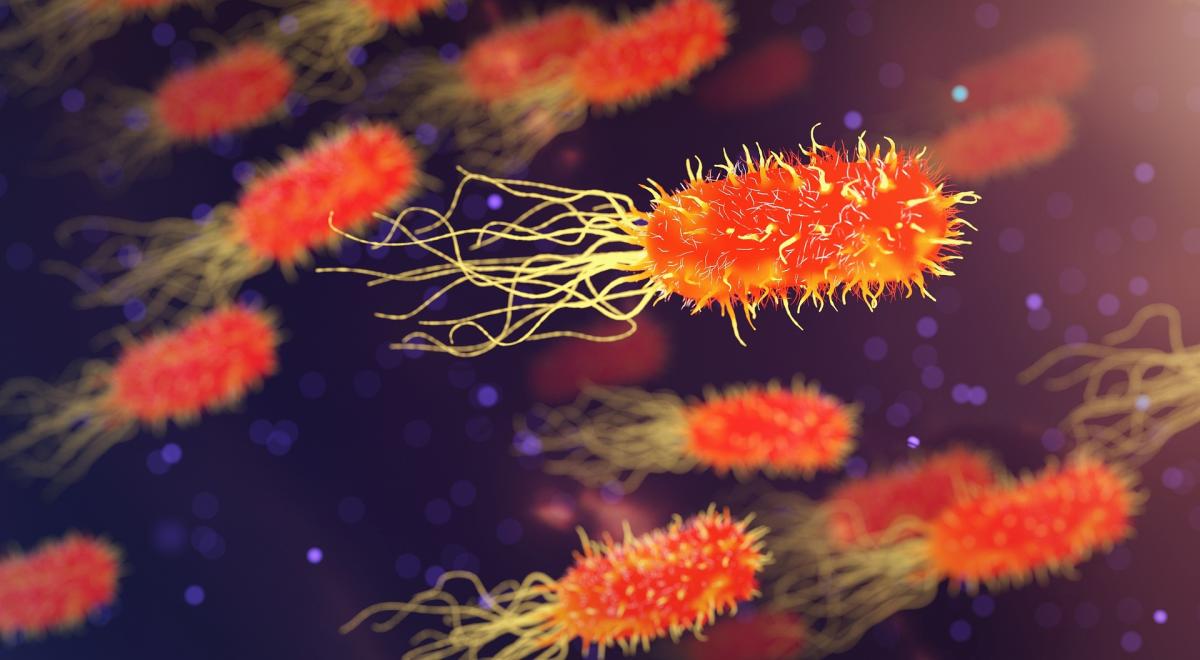
In this laboratory you will use the ELISA (Enzyme Linked ImmunoSorbent Assay) for detecting the presence of an antigen, such as a disease-related agent, from a sample of body fluid. You will be given
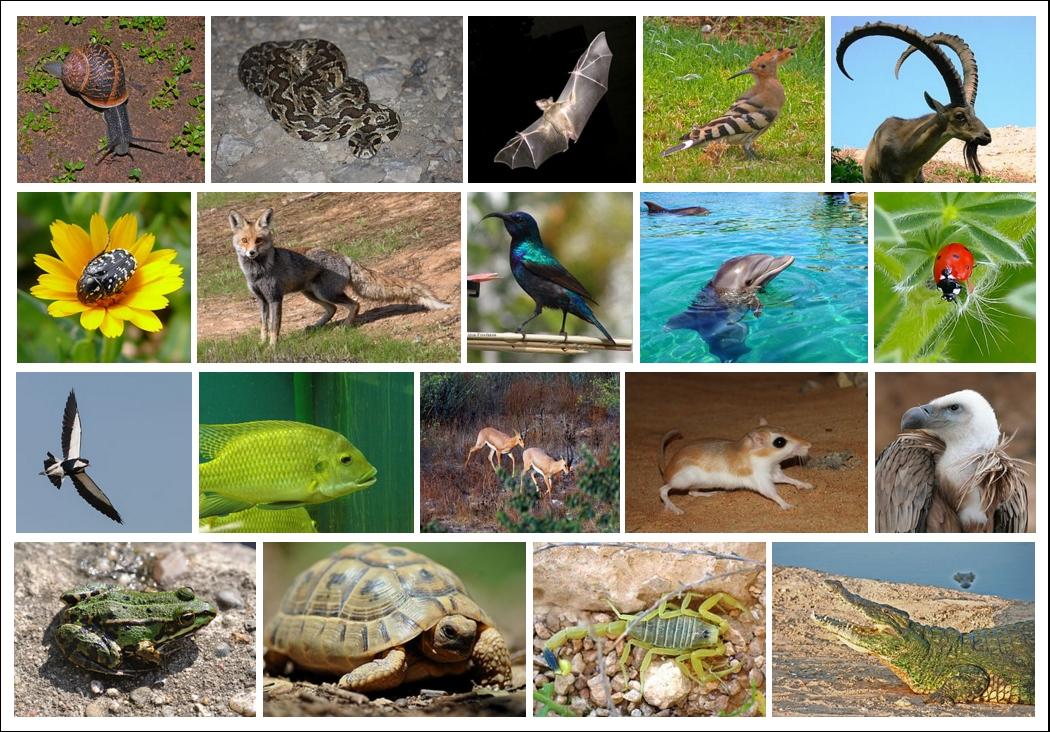
Kindergarten students develop an understanding that the world is comprised of living and non-living things. They investigate the relationship between structure and function in living things; plants

Students will be able to recognize that living things are made up of parts. Different animals use their body parts in different ways to see, hear, grasp objects, protect themselves, move from place to
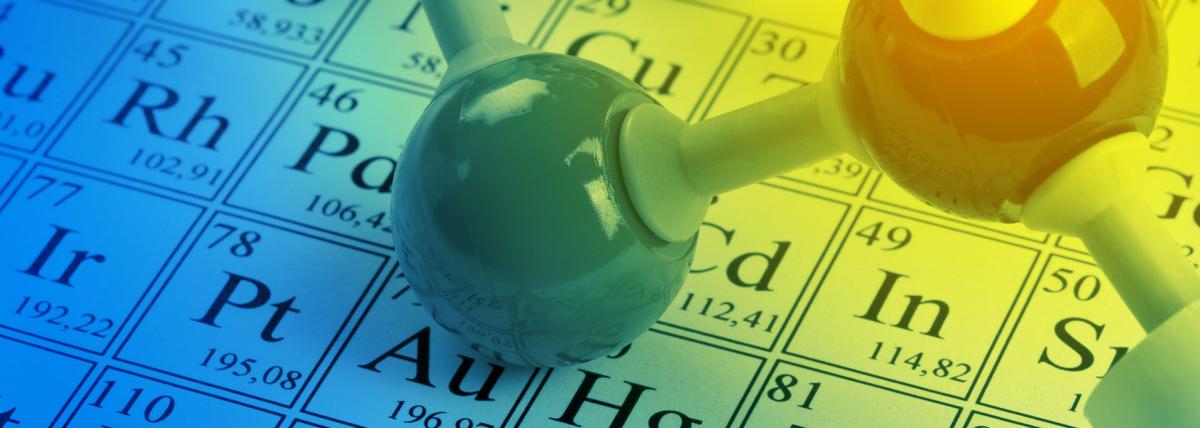
In the captivating lesson, "Dive into the World of Atoms," sixth-grade students embark on a journey into the microscopic realm to discover the fundamental building blocks of matter. The class kicks
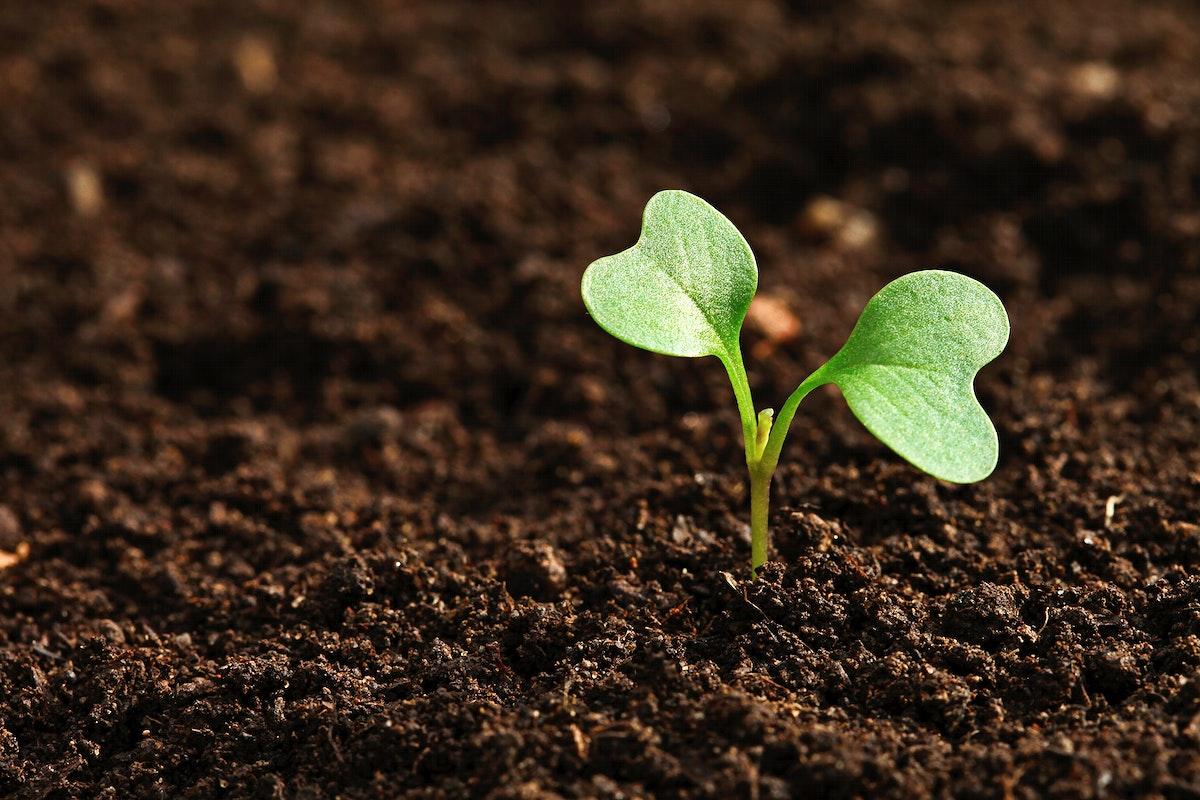
Students will develop and use models to explain the growth stages of a corn plant, identifying internal and external structures and functions. They will also generate measurement data by measuring
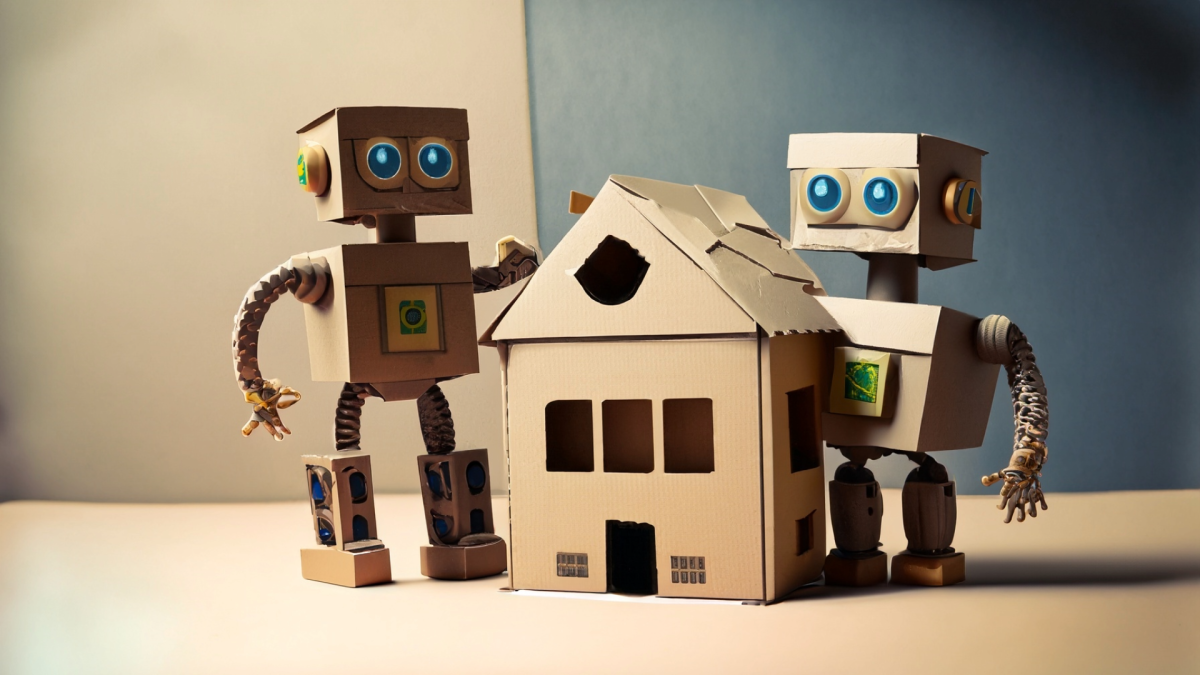
Using my backyard chickens as inspiration, this 5th grade lesson asks children to graph egg production and build a model of a chicken coop and run.

Kindergarten students explore earth materials to find out how the sun and other heat sources change their temperature. The students use what they learn in order to choose earth materials that would be

This lesson is a continuation of learning where we will be able to place a greenhouse on the school grounds. The students are an active part of this process. This lesson includes discovery of how much